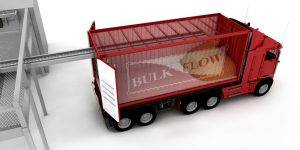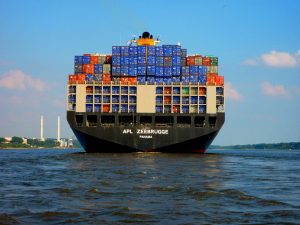Concepts to consider for bulk solids
Product density which container optimizes the payload?
Containerizing bulk-solids is a huge market possibility, but the know-how must be in place.
How do you calculate which container is necessary for each product, and how is the merchandise unloaded at destination? These are some of the most important questions to be answered.

From a practical point of view, it is interesting to make case studies for products that are transported continually around the World in millions of metric tons.
Let us exercise the following calculations:
Soda Ash: density of 0.865 g/m3
- Loading a 20’ DV 0.865 g/m3 x 26.56 m3 = 22.974 kgs.
Carbon Black: density of 0.561 g/m3
- Loading a 20’DV 0.561 x 26.56 m3 = 14.900 kgs.
- Loading a 40’ 0.561 x 54.16 m3 = 30.383 kgs.
- Obviously, the legal payload for a 40’ container lower than 30 tons, but the payload can be adjusted for the legal regulations of each country.
Brown Iron Oxide: density of 0.385 g/m3
- Loading a 40’ HC 0.385 g/m3 x 61.12 m3 = 23.531kgs.
Diatomaceous Earth: density of 0.256 g/m3
- Loading a 45’ HC; 0.256 x 69.20 m3 = 17.175 kgs.
These products are usually loaded in big bags and in chartered ship holds, as there has not been an interesting technical and cost-effective alternative.
Flowability and Unloading
Easy flowing high density products: Pet, grains, coffee beans, cacao.
Unloading is done by container tilt trucks with a rotary valve and positive air flow. The merchandise is loaded directly into the client’s silo or production line.
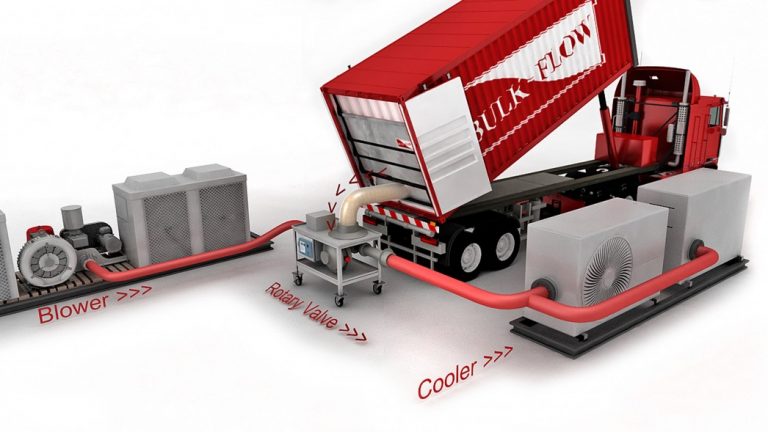
Some companies have underground silos; therefore, the merchandise is unloaded by gravity without the need of positive air or rotary valves. The facility has its own internal transport system from the underground silo to the production lines or overhead silos.
Hard-to-flow high density products: Cement, potash, soda ash, yellow iron oxide.
Unloading is conducted by container tilt trucks with special fluidizing liner equipment: Bulk-Flow’ Fluidizing Liner.
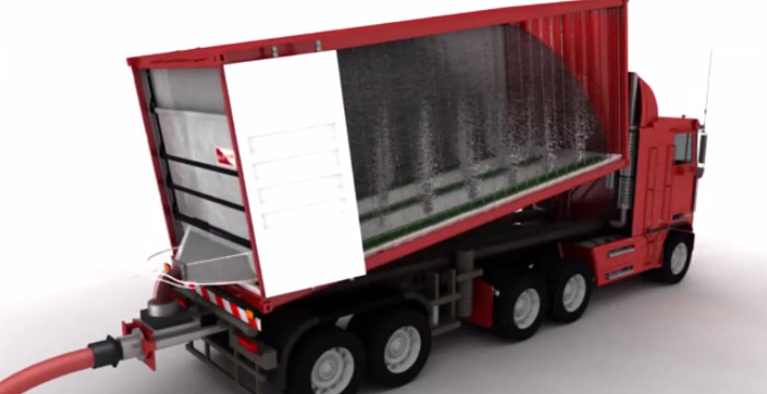
Hard-to-flow high density products are widely transported in big bags and at destination converted into bulk to be deposited in the clients’ silos. This process demands manpower and, in many cases, is technically complicated.
Some bulk-solids are very cohesive which demands vibration and fluidization.
These cohesive high-density products are difficult to unload even in bulk container cisterns as the product in many cases sticks to the internal walls of the cistern.
Hard-to-flow low density products: Urea, carbon black, rubber pellets, wheat flour.
Using 30’, 40’ & 45’ containers to optimize payloads makes unloading processes complicated as the offer for container tilt trucks is scarce or non-existent.
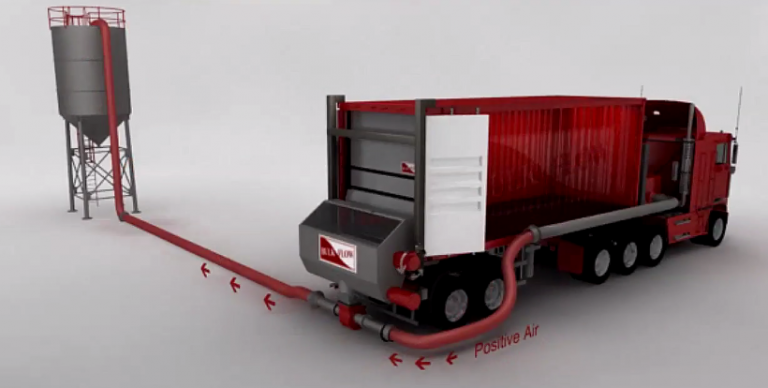
The solution: horizontal mechanical unloading – BULK-FLOW’S TILTLESS LINER.
Gravity is no longer the solution for unloading bulk-solids, but a more professional approach has been designed by Bulk-Flow.
The importer will be able to program electronically the mechanical unloading process, with no need of tilting equipment.
Humidity and Condensation
Bulk-Flow’s liners are made of multi-layered LDPE which is extruded in one piece so there are no seams. This is the ideal solution for sea transport as humidity due to condensation is a major problem.

- Multi-layered LDPE
- One-piece Extrusion Technology
Humidity sensitive bulk solids will be protected even after 30 days of sea container transport.
Containerizing bulk solids a huge market opportunity
Bulk-solids are loaded everyday into big bags and onto chartered vessels in bulk form. Containerizing these bulk solids is a huge potential market.
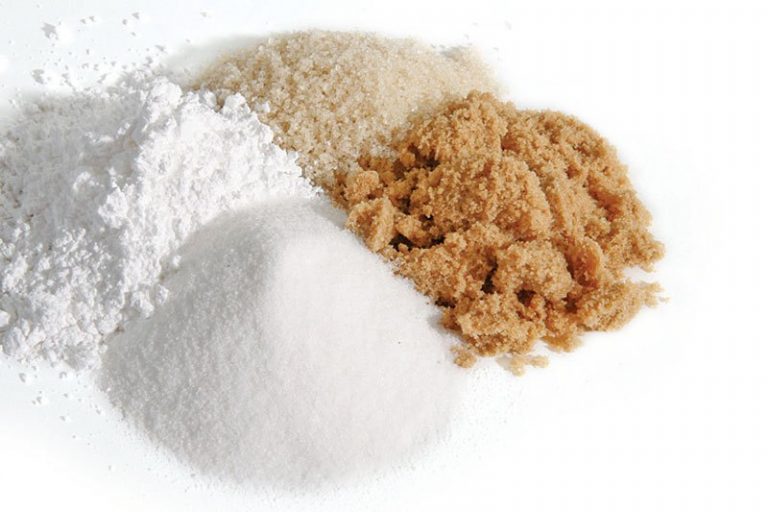
The first companies that modify their loading protocols to be able to load directly in containers liner will have a huge logistic and supply chain advantage.
Bulk-Flow is here to be your strategic partner!
Close the logistic circle
Shippers and logistic operators will be able to close the container door put the seal in place and expect that only their client will break the seal.

